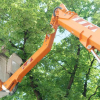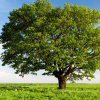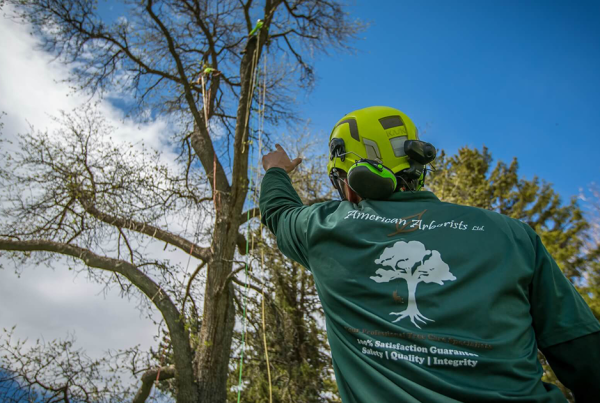
The time has come once again for homeowners to do some maintenance work on their lawns, gardens, and most importantly, their trees. The previous winter season has undoubtedly delivered quite a beating to your trees and shrubberies, especially if you live in an area prone to heavy snow and strong cold winds. Most homeowners are in DIY tree care mode by now, eagerly inspecting the damage sustained by the trees and trying to figure out the best solution to rehabilitate them and restore their lushness and beauty.
Educate Yourself On Proper Tree Care
If you’re on this page, reading this post, then it’s safe to assume that your knowledge about the subject is fairly limited and you want to learn more about it, right? Practicing do-it-yourself tree care and maintenance is never a bad idea. In fact, it is highly recommended by many experts. It’s good to spend some time taking care of your trees. Unfortunately, a lot of people are employing the wrong tree care practices.
Instead of providing the tree with the proper care it deserves so that it can recover from its injuries and restore its health, they’re actually doing more harm to it by using the wrong tree care techniques and methods. And this doesn’t just apply to homeowners; a number of tree professionals also make a few mistakes when it comes to tree care and maintenance. That’s right. It’s not just homeowners and amateur tree care enthusiasts that often make mistakes when caring for their trees; even tree pros sometimes commit the same mistakes as well. So what are these tree care mistakes that you should avoid? Keep on reading.
Common DIY Tree Care Mistakes to Avoid
Pruning and Trimming At The Wrong Time Of Year
You may not be aware of this, but there’s actually an appropriate time to prune your trees. Some people think that it’s okay to trim or prune a tree anytime since they can pretty much grow back the cut branches. Wrong, in most cases.
- You can always remove dead, broken and diseased limbs. In fact, it will keep your tree more healthy.
- Trees can use excess energy in repair rather than new growth, removing these issues will send that energy to more useful areas.
For most of the year, trees constantly grow and develop except during the winter months. During winter, trees go through a dormant stage where they lose the majority of their foliage.
- It is during this time that pruning is often performed, especially on mature trees.
When a tree is dormant, it is not actively growing. And since most of its leaves are gone, it’s easier to see all the branches and figure out which ones to cut. When done the right way, pruning can be healthy for trees. It also helps ensure strong growth of new branches and foliage as soon as spring arrives.
Using A Pruning Technique Known As “Topping”
Topping is a form of pruning that removes the entire top of a tree, hence the term. It is highly discouraged by Certified Arborists and reputable tree professionals and even outlawed in some states.
- Topping may result in the subsequent death of a tree.
- Since it not only disfigures the plant, it also leaves it susceptible to infestation and decay.
This poor pruning method may cause irreversible damage and premature death to your tree, so please don’t do it. And if you see a neighbor or a friend topping his/her tree, politely stop them and explain why it’s not a good idea to denude a tree completely of its foliage.
Stub Cuts and Flush Cuts (Improper Pruning Method)
Tree branches have collars, in case you’re not aware of it. This collar is located on the base of a branch where it meets the trunk or the lead branch of a tree. Now, when it comes to pruning, there is a correct method and a wrong one.
- When you’re pruning, you need to cut all the way to the branch collar. Not doing so is what is known as a stub cut. Stub cuts won’t heal properly and will leave the wound susceptible to decay and infestation.
The opposite of a stub cut is known as a flush cut.
- This is when you cut a branch or a limb too far beyond the collar. This method is even worse than a stub cut because it leaves the tree essentially unable to heal and protect its wound.









